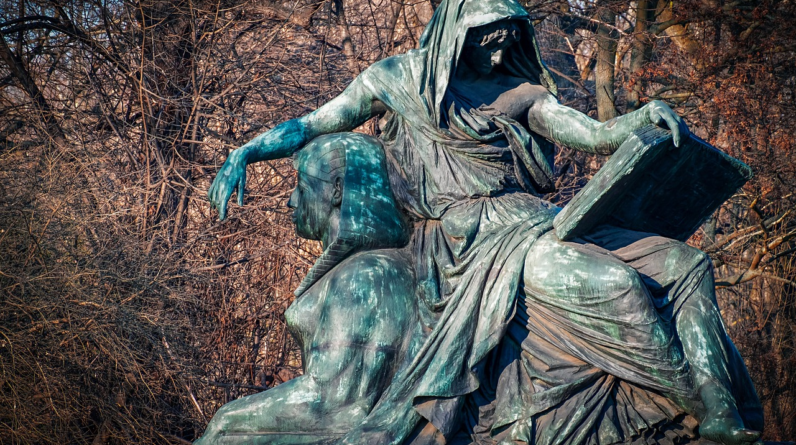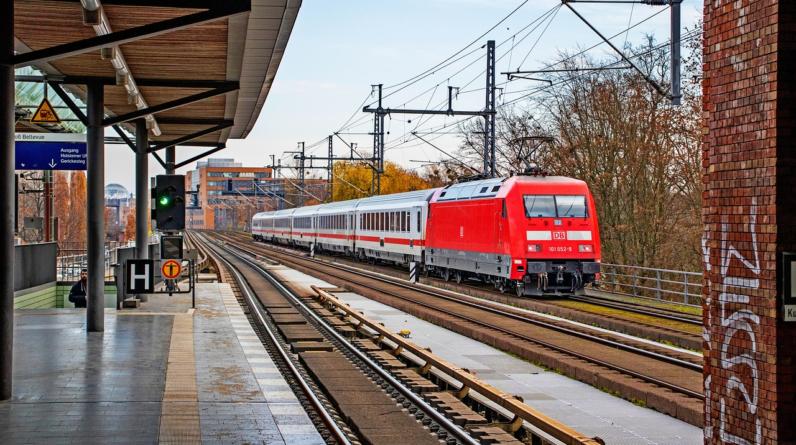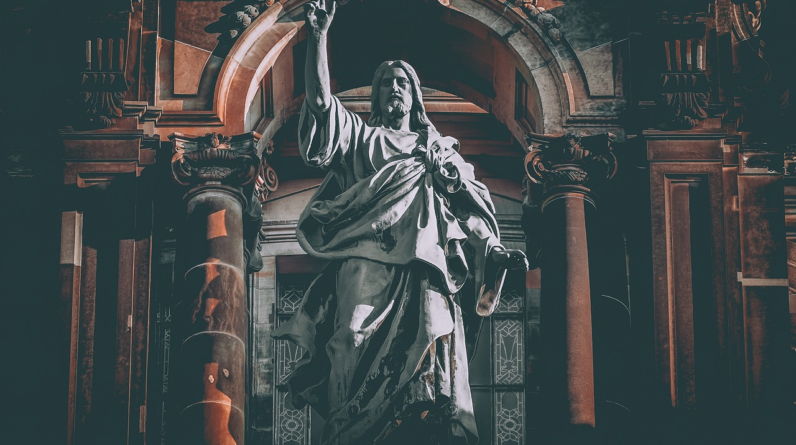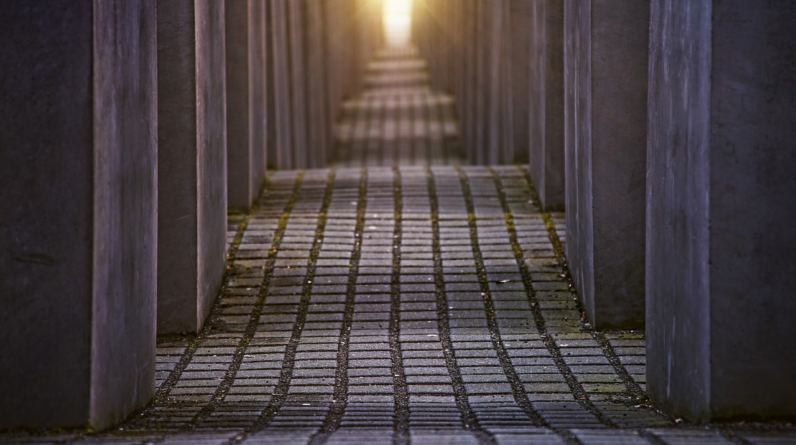
Are you interested in exploring the rich history of one of Europe’s most dynamic cities? Berlin has a wealth of historical sites that will leave you in awe and with a deeper appreciation for the city’s past.
From the iconic Brandenburg Gate to the haunting Sachsenhausen Concentration Camp, Berlin offers visitors a chance to delve into some of the most significant events of the 20th century.
As you walk through this vibrant metropolis, it’s hard not to be struck by its tumultuous past. Berlin has undergone immense change over the years, from its role as Nazi Germany’s capital during World War II to its division during the Cold War era.
But beyond these defining moments lies a wealth of stories that have shaped this city into what it is today. Whether you’re interested in art, politics or simply want to experience history firsthand, Berlin’s historical sites offer something for everyone.
So why not take a journey back in time and discover all that this fascinating city has to offer?
Brandenburg Gate
You can’t help but feel a sense of awe as you stand before the iconic Brandenburg Gate. Its imposing columns and intricate carvings bear witness to some of the most significant moments in German history. Commissioned by King Frederick William II of Prussia and designed by Carl Gotthard Langhans in 1788, the Brandenburg Gate is considered one of the finest examples of neoclassical architecture in Germany.
The history and symbolism of the Brandenburg Gate are deeply intertwined with the city’s past. During World War II, it suffered extensive damage but was later restored to its former glory after German reunification. Today, it stands as a symbol of freedom and unity, representing both Germany’s past struggles and future aspirations.
Its impressive design has inspired countless imitations around the world, making it not only an important historical site but also an architectural masterpiece worth visiting.
Berlin Wall Memorial
The Berlin Wall Memorial offers visitors a poignant reminder of the division and struggle that once defined this city. As you walk through the memorial, you will notice its unique design.
The memorial is made up of various elements such as a documentation center, an open-air exhibition, and the remains of the wall itself. The design was carefully planned to ensure that visitors can experience what it was like to live in a divided city.
Beyond its architectural significance, the Berlin Wall Memorial holds immense political importance. It serves as a tribute to those who lost their lives trying to cross the wall and escape from East Germany. The memorial also highlights the power of people coming together to fight for freedom and democracy.
For these reasons, visiting this site is not only educational but also inspiring. It reminds us that even in times of great adversity, we have the ability to overcome challenges and strive towards a better future where freedom reigns supreme.
Checkpoint Charlie
Let’s head to Checkpoint Charlie, where you’ll feel like you’ve stepped back in time to the height of the Cold War. This former crossing point between East and West Berlin is now a popular tourist attraction that offers a glimpse into the political tension that divided Germany for nearly 30 years.
The significance of Checkpoint Charlie in Cold War history cannot be overstated, as it was one of only three checkpoints that allowed passage between East and West Berlin during this time. While many visitors enjoy taking pictures with the iconic checkpoint sign and posing with actors dressed as American soldiers, there is also controversy surrounding its preservation.
Some argue that the site has been commercialized and turned into a tourist trap, detracting from its historical value. Others believe that preserving sites like Checkpoint Charlie is important for educating future generations about the impact of the Cold War on world history.
Regardless of your opinion on its preservation, visiting Checkpoint Charlie is an unforgettable experience that will leave you with a deeper understanding of Germany’s complex past.
Sachsenhausen Concentration Camp
As you walk through Sachsenhausen Concentration Camp, it’s difficult to imagine the horrors that took place in this desolate location during World War II.
The camp was built by the Nazis in 1936 and was used as a model for other concentration camps.
Over 200,000 people were imprisoned here between 1936 and 1945, with tens of thousands dying from disease, malnutrition, and torture.
As you stand in front of the gas chamber or crematorium ovens, it is impossible not to feel the weight of history bearing down on you.
Despite its dark past, Sachsenhausen serves as an important site for remembrance and education today.
The camp has been preserved as a memorial since 1961 to ensure that future generations never forget what happened there.
Visitors can participate in guided tours or visit the museum to learn about the daily life of prisoners and see artifacts from their time at Sachsenhausen.
By studying this dark chapter of human history, we can better understand how ordinary people become complicit in genocide and prevent similar atrocities from happening again in the future.
Reichstag Building
As you approach the Reichstag Building, you’ll immediately notice its impressive architecture and grandeur.
The building has a rich history. It was constructed in the late 1800s and served as the seat of the German parliament during various periods of time.
Today, it remains a significant symbol of democracy in Germany. Visitors are able to tour its interior and take in breathtaking views of Berlin from the glass dome atop the building.
The History of the Building
The Reichstag Building’s past is rich with stories and secrets, woven into every brick and beam. Built in 1894 as the home of the German parliament, it has witnessed some of the most significant historical events in modern history: from World War I to the fall of the Berlin Wall.
The building’s architecture reflects its tumultuous history – from its grand dome, which was destroyed during WWII and rebuilt after reunification, to its modern glass facade added in 1999.
Preserving such a historic building comes with many challenges. After being damaged during WWII and then abandoned for decades during East Germany’s communist rule, restoration efforts began in earnest after reunification.
Today, visitors can take guided tours and even climb up to the top of the dome for breathtaking views of Berlin. But despite these preservation efforts, there are ongoing debates about how best to protect this iconic symbol of Germany’s democracy while also ensuring its accessibility to all who wish to visit.
The Significance of the Building Today
It’s impossible to overstate the Reichstag Building’s importance in understanding Germany’s political landscape.
Today, the building serves as a symbol of democracy and unity for Germans and visitors alike. After being damaged during World War II, it sat abandoned until after reunification when it was restored and redesigned by architect Norman Foster.
The preservation of this historic building not only honors its past but also serves as a reminder of the power of democracy. The glass dome on top allows visitors to see inside the parliament chamber while simultaneously looking out at Berlin, creating a sense of transparency and openness.
It’s important to remember that even in times of darkness, there is always hope for change and progress towards freedom. The Reichstag Building stands as a testament to this truth, making it an essential destination for anyone seeking to understand the heart of modern Germany.
The Dome and Its Views of the City
Take a peek inside the Reichstag Building’s glass dome for an unobstructed view of Berlin while simultaneously observing the parliamentary proceedings. The Dome architecture is designed to symbolize transparency and democracy. Its 360-degree views offer a panoramic glimpse of the city that reflects Berlin’s diverse history.
The dome is accessible to visitors via an elevator that ascends through a spiral ramp encircling the structure’s interior. Once at the top, you’ll be greeted by stunning views of Berlin’s skyline, including iconic landmarks like Brandenburg Gate and Tiergarten Park. The dome also offers a unique perspective on Berlin’s urban landscape, showcasing both historic buildings and modern architecture side by side.
The panoramic views from the Reichstag Building’s glass dome are truly breathtaking. They offer a chance to see Berlin in all its glory from one central viewpoint.
Pergamon Museum
You’ll be transported to ancient civilizations as you wander through the impressive exhibits of the Pergamon Museum. The museum is home to some of the most culturally significant archaeological artifacts in Berlin, showcasing the rich history and heritage of the region.
As you explore its halls, you’ll come across several jaw-dropping artifacts that will leave you in awe. One of the most popular exhibits in the museum is undoubtedly the Pergamon Altar, a colossal structure dating back to 2nd century BC. Its intricate carvings depict famous battles between gods and giants, offering a fascinating glimpse into ancient Greek mythology.
Other notable exhibits include the Market Gate of Miletus and Ishtar Gate from Babylon, both equally stunning and awe-inspiring. With so much to see and learn about at this museum, it’s no wonder why it’s considered one of Berlin’s top attractions for history buffs.
Jewish Museum Berlin
Don’t miss out on experiencing the powerful and emotional journey through the Jewish Museum Berlin. You’ll be immersed in the stories of Jewish life, culture, and history. The museum’s interactive exhibits will take you through centuries of Jewish history, from the Middle Ages to modern times.
You’ll learn about the challenges Jews have faced throughout their history, including persecution, discrimination, and genocide. The museum’s architecture is also worth experiencing. Designed by renowned architect Daniel Libeskind, the building itself symbolizes both the tragedy of Jewish history and its resilience.
The zigzagging design is meant to evoke a feeling of disorientation and confusion, reflecting the experiences of Jews during times of persecution. Overall, a visit to the Jewish Museum Berlin is an incredibly moving experience that offers insight into one of humanity’s most enduring cultures.
Conclusion
So there you have it, a brief overview of some of the most notable historical sites in Berlin. Whether you’re a history buff or just someone looking to learn more about the city’s past, these locations provide an insight into both the good and bad moments of Berlin’s history.
From the iconic Brandenburg Gate to the sobering Sachsenhausen Concentration Camp, each site offers something unique and thought-provoking. It’s important to remember that while these places may be tourist attractions now, they were once real-life events and experiences for those who lived through them.
Take your time exploring each location and try to envision what life was like during those times. By doing so, you’ll gain a deeper understanding and appreciation for Berlin’s rich history.







